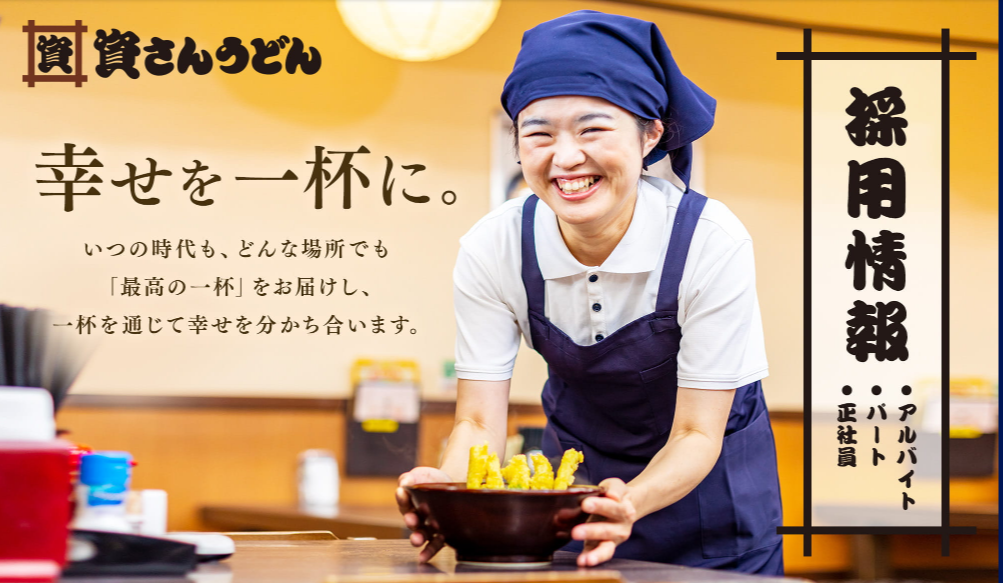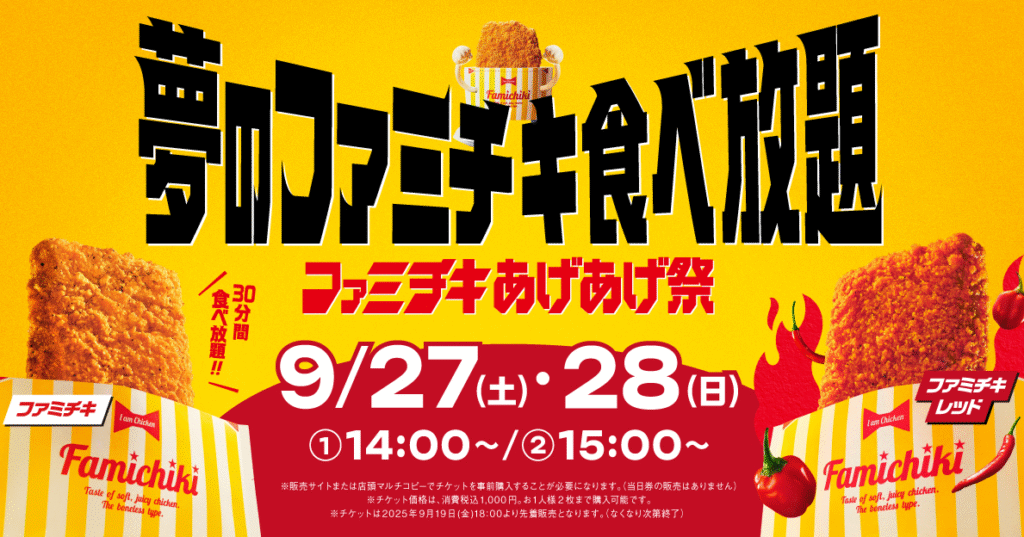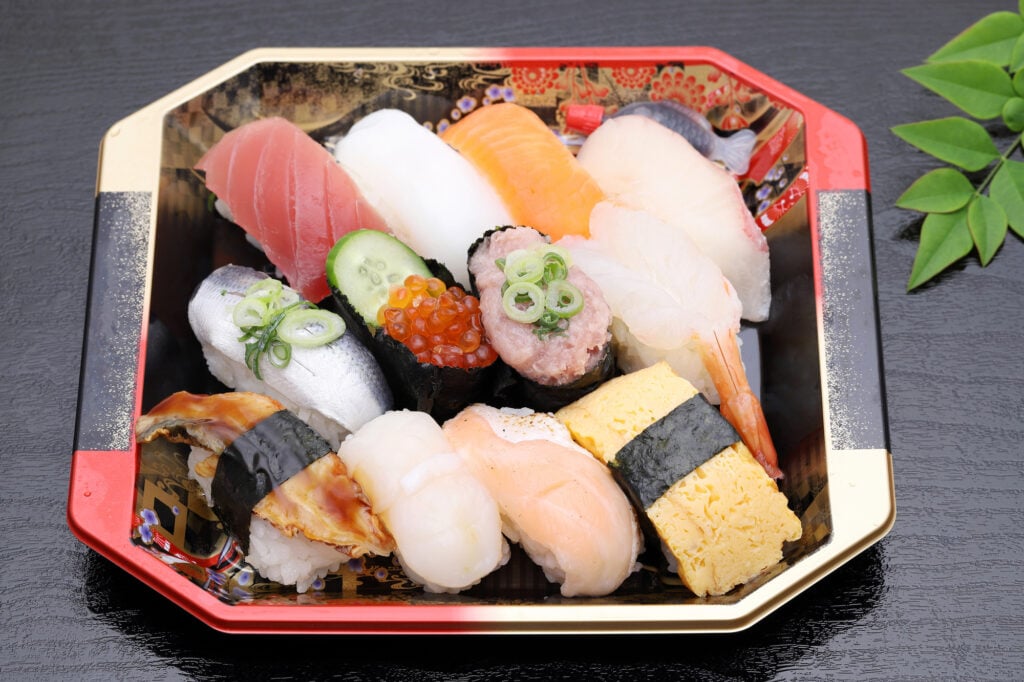There are some customs particular to Japan that everyone should know before they go. For example, never leave your chopsticks standing up in a bowl of rice. (That’s reserved for funerals.)
However, there are also “customs” that many consider trite and outdated. One such custom drew a pretty strong reaction on Twitter recently. It’s something a lot of people both in – and out – of Japan – do on the regular: putting wasabi in their soy sauce.
Some traditionalists will tell you that mixing the two is the work of the devil. But how did Japanese social media react?
What is Wasabi?

Wasabi (ワサビ;山葵), or “Japanese horseradish”, is a plant native to the country. Commonly, it’s grated finely to create wasabi-oroshi (ワサビおろし). The resulting paste is familiar to anyone who’s ever enjoyed sushi. It’s served on the side as a condiment and (frequently in Japan) tucked between the fish and the rice in nigiri sushi.
You can even enjoy wasabi in the form of a Kit-Kat. If, uhhh, that’s your thing.
The plant itself, the wasabi rhizome, is known for its distinctive green color. And it has a spicy kick that hits you in the back of your nose. If you like a good culinary punch to the face, you can’t go wrong with a little wasabi.
Be warned, however! Since it’s fairly pricey to get outside of Japan, many restaurants abroad use a fake “wasabi” that’s nothing more than horseradish and mustard with food coloring[2].
Wasabi in Soy Sauce: A Manners Violation?!
So is there a wrong way to eat wasabi? According to some traditionalists, there is.
A common way to enjoy wasabi with sushi is to dissolve the wasabi in soy sauce (醤油; shouyu). You then pick up a piece of sushi with chopsticks, dip it in the now-spicy sauce, and eat.
However, some chefs and etiquette experts maintain that this does the wasabi a disservice. Several sushi restaurants told news site J-Cast that they never do this and never recommend it to customers. They maintain that the distinctive flavor of the wasabi gets lost in the soy sauce. Others maintain that it’s acceptable but only when serving dishes like seafood donburi (海鮮丼; kaisendon).
This age-old debate surfaced again recently thanks to the manga Ajimonme. Bunshun Online ran a recent episode of the gourmet manga[4], which focuses on life at a Japanese restaurant.
Planning a trip to Japan? Get an authentic, interpreted experience from Unseen Japan Tours and see a side of the country others miss!

"Noah [at Unseen Japan] put together an itinerary that didn’t lock us in and we could travel at our own pace. In Tokyo, he guided us personally on a walking tour. Overall, he made our Japan trip an experience not to forget." - Kate and Simon S., Australia

See a side of Tokyo that other tourists can't. Book a tour with Unseen Japan Tours - we'll tailor your trip to your interests and guide you through experiences usually closed off to non-Japanese speakers.


Want more news and views from Japan? Donate $5/month ($60 one-time donation) to the Unseen Japan Journalism Fund to join Unseen Japan Insider. You'll get our Insider newsletter with more news and deep dives, a chance to get your burning Japan questions answered, and a voice in our future editorial direction.
A “manners expert” comes to eat with one of her students. The two go through a semi-elaborate ritual of etiquette prior to eating. For example, the expert removes her watch so as not to damage the counter where they’re sitting. (This prompts one of the customers to mutter, “Did they really use such expensive wood for the counter?”) And the expert ensures her student knows the “proper” way to pick up chopsticks.
But the manners expert pretty much loses all sense of reason when her student puts wasabi in her soy sauce. She immediately declares it 無作法 (busahou; rude). “Have you learned nothing from my lectures?” she cries.

However, the staff doesn’t seem to mind. A younger chef even positively dispels the notion that the wasabi taste “disappears”. “It just weakens it.” And this is a good thing for people who might like the taste of wasabi but find it too pungent to taste directly.

Social Media Reacts
Bunshun published the article on its Twitter feed[5]. It elicited around 6,000 retweets and a VERY strong reaction from its Japanese reader base. Most posters agreed with the chefs in Ajimonme: Let people eat wasabi and soy sauce however they damn please!
One poster points out that other culinary experts have argued that mixing wasabi in soy sauce may weaken the wasabi but it strengthens the soy. “Manners without consideration of others,” the poster proclaims, “is simple self-righteousness.”

Another grouses: “I’ve heard that manners experts are concocting new rules because customers get sick of the lessons if they just hear the same things being repeated. So there’s a boom in manners we’ve never heard of.”

The most-liked comment comes from a poster who thinks the chef should have told the manners expert that “manners are a guide to ensure the comfort of the people you’re with and can be changed, based on the time and occasion.”

But perhaps the most profound comment comes from this poster:

“I know what manners are. But enjoying food means eating what you like.”
Truer words have, perhaps, never been spoken.
Planning a trip to Japan? Get an authentic, interpreted experience from Unseen Japan Tours and see a side of the country others miss!

"Noah [at Unseen Japan] put together an itinerary that didn’t lock us in and we could travel at our own pace. In Tokyo, he guided us personally on a walking tour. Overall, he made our Japan trip an experience not to forget." - Kate and Simon S., Australia

See a side of Tokyo that other tourists can't. Book a tour with Unseen Japan Tours - we'll tailor your trip to your interests and guide you through experiences usually closed off to non-Japanese speakers.


Want more news and views from Japan? Donate $5/month ($60 one-time donation) to the Unseen Japan Journalism Fund to join Unseen Japan Insider. You'll get our Insider newsletter with more news and deep dives, a chance to get your burning Japan questions answered, and a voice in our future editorial direction.
Discover the “unseen” side of Japan
Japan is on everyone’s travel bucket list. Sadly, many end up going to the same places as everyone else. That can turn what could have been a fun, once-in-a-lifetime experience into an exhausting battle with crowds.
We started Unseen Japan Tours for the same reason we started Unseen Japan: To give people a unique glimpse into Japan they can’t get anywhere else. Let us create a custom itinerary of hard-to-find spots centered on your interests. We can also serve as your guides and interpreters, taking you to places that non-Japanese-speaking tourists usually can’t access.
Contact us below to get the ball rolling today!
What to read next

Why This Kyushu Udon Chain Is Drawing Tokyo Crowds
Sukesan Udon, Kitakyushu’s iconic soul food, has landed in Kanto, sparking long lines and a social media buzz. What makes it so special?

FamilyMart Dream Campaign: All-You-Can-Eat Famichiki for 30 Minutes
FamilyMart is hosting a Famichiki all-you-can-eat event in Japan. For ¥1,000, fans get 30 minutes to feast on the iconic fried chicken.

Combini Sushi: Japan’s New Favorite Tourist Delicacy?
Convenience stores in Japan didn’t always sell sushi. Today, the dish is a top draw, not just for residents, but for travelers too.
Sources
[1] Don’t Stick Your Chopsticks in a Bowl of Rice. GaijinPot
[2] Real wasabi paste. Makesushi
[3] わさびをしょうゆに溶いてすしに これはマナー違反?すし店の見解は. J-Cast
[4] 【マンガ】「和食で醤油にワサビをとくのは不作法!」と怒鳴るマナー講師に板前が投げかけた“キツい一言”. Bunshun Online

